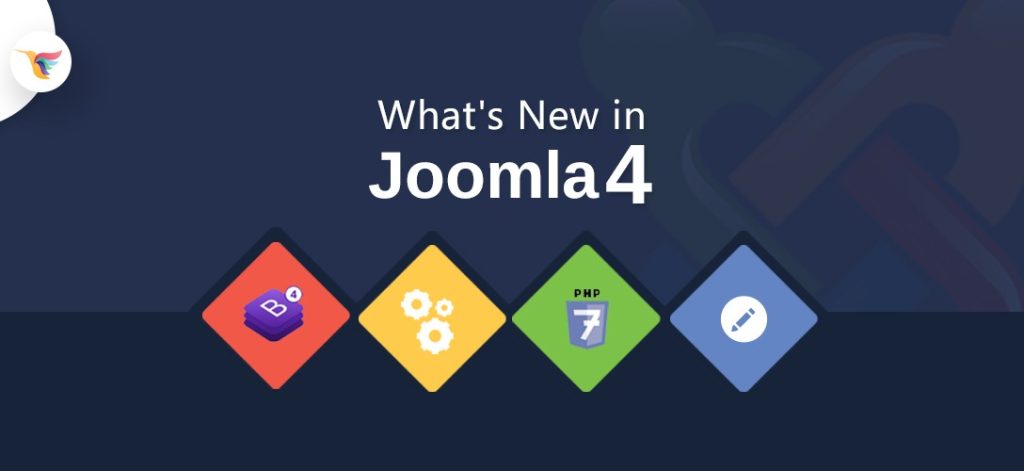Does enabling cache speed up your Joomla site? Yes, Absolutely!
There are many ways to increase the speed of your site but enabling cache is by far the best method. So, what exactly does cache do?
Caching is a smart way of showing visitors the stored view of your data. It temporarily fetches and stores all the data from the database of your site including content from the database, loading installed plugins, components and modules, and template files, and compiling them into one HTML page.
So, when someone loads one of your pages for the first time, the result of the above process gets stored. And all the next time visitors will get directly to the HTML file of your data, which is lighter and takes much less time, and increases the performance of your site.
Fortunately, Joomla has provided different types of cache configurations ranging from full page caching to selective modules caching.
Let us see the different configurations and how to enable them in Joomla 4.
Enable Cache in Joomla 4
Enable cache in Joomla
We shall start by first enabling the cache in Joomla and then continue with its different configurations.
To enable cache in Joomla, the first login to your admin panel and navigate to, System > Global Configuration

Then, click on the “System” tab and find the section called “Cache”.

As can be seen in the screenshot below, there is a “System Cache” selection box in the last of cache settings. Go ahead and select “ON – Conservative caching” or “ON – Progressive caching”.

Conservative Caching
It allows the administrator to cache the elective modules. Conservative caching is good for dynamic sites – so, for the modules that are updated frequently, you can remove such modules from caching.
Progressive Caching
Unlike, conservative catching, it generates a snapshot of all the modules of every page of your site, taking into consideration all of them at once. Progressive Caching is good for static sites – to minimize the effect on static modules.
Cache Handler

Cache Handler is the mechanism Joomla uses to create cache. By default, the cache handler option is “File”
Platform Specific Caching
Platform Specific Caching enables you to create specific different caches for different devices. For example – you can create a cache one for mobile users, another for desktop users, and the third one for tablet users.
You can keep it to “No” if you are having only the desktop version of your site.

But don’t confuse it with the responsiveness of your site. The site will still be responsive with or without caching.
Cache Time
Cache time represents the amount of time a cached version of your site can be used before it gets refreshed again. The more dynamic the site is, the lower the cache time should be.
The default cache time is “15 minutes” which means your cached version of your page or module will change every 15 minutes. You can increase or decrease the time based on the frequency of updating on site.

Path to Cache Folder

It allows you to give a specific path or location to the cache directory so that you can quickly access the stored files whenever you need.
How to clear cache in Joomla?
Whatever method you choose to cache your site, it is equally important to know how to clear the cache in Joomla. Clearing cache plays an important role when your site updates frequently.
To clear cache, navigate to System > Clear Cache

Here, you can select the type of cache (system cache, module cache, page cache) you want to delete.
Now, you know why enabling cache in Joomla 4 is important, go ahead and enable it on your site. And let us know how it works.







